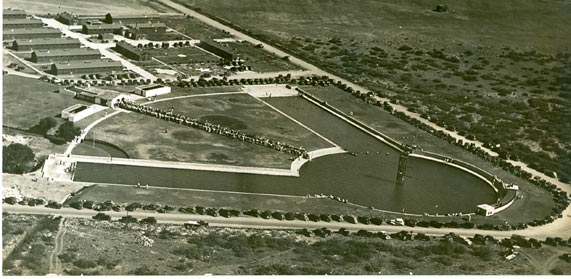
“Cowboy at Rest,” by Solon Borglum, stands proudly outside Yavapai County Courthouse in Prescott, Ariz. From this angle, it’s rather … suggestive. I mean, come on! You have to see it! And if you didn’t before, you won’t be able to stop now. No, scratching out your eyeballs won’t help.
The cowboy repines at “bottom” while the horse “tops” him, a smug look on his horsey face. The seasonal flower wreath doesn’t help any. Were they a gift, I wonder? From whom to whom? I think I’ll retitle the bronze statue “Hey there, Buckaroo!” or maybe just “Horse Lover.”
I remember the first time I was “exposed” to Georgia O’Keefe’s flower paintings, such as “Black Iris” (below). “Shocked” would be the right word. Was it just me? Was I just a perve? Yes, I am a perve, and no, I’m hardly the only one.
But whereas O’Keefe might have been flirting with the erotic, I doubt Borglum was. Looking at his other work, I don’t see a homoerotic trend there. My reaction is likely just a “one-off” due to my 21st century, Internet-fueled sensitivities. I think.
“Cowboy at Rest” isn’t the only piece of Western-theme art in Prescott, it seems. On the other side of the courthouse is the “Rough Rider Monument,” also by Solon Borglum (OK, the title is funny given our current conversation. But it’s named for President Teddy Roosevelt’s Cuba invasion force. I’m sure the joke is only in our heads.)
Several statutes have been placed around Prescott. You can learn all about them in "Art Treasures and Museums In and Around Prescott, Arizona"
I may take some time to walk around the city and look at some of these other fine pieces. But then, I’m not sure my warped sense of humor can stand it.





